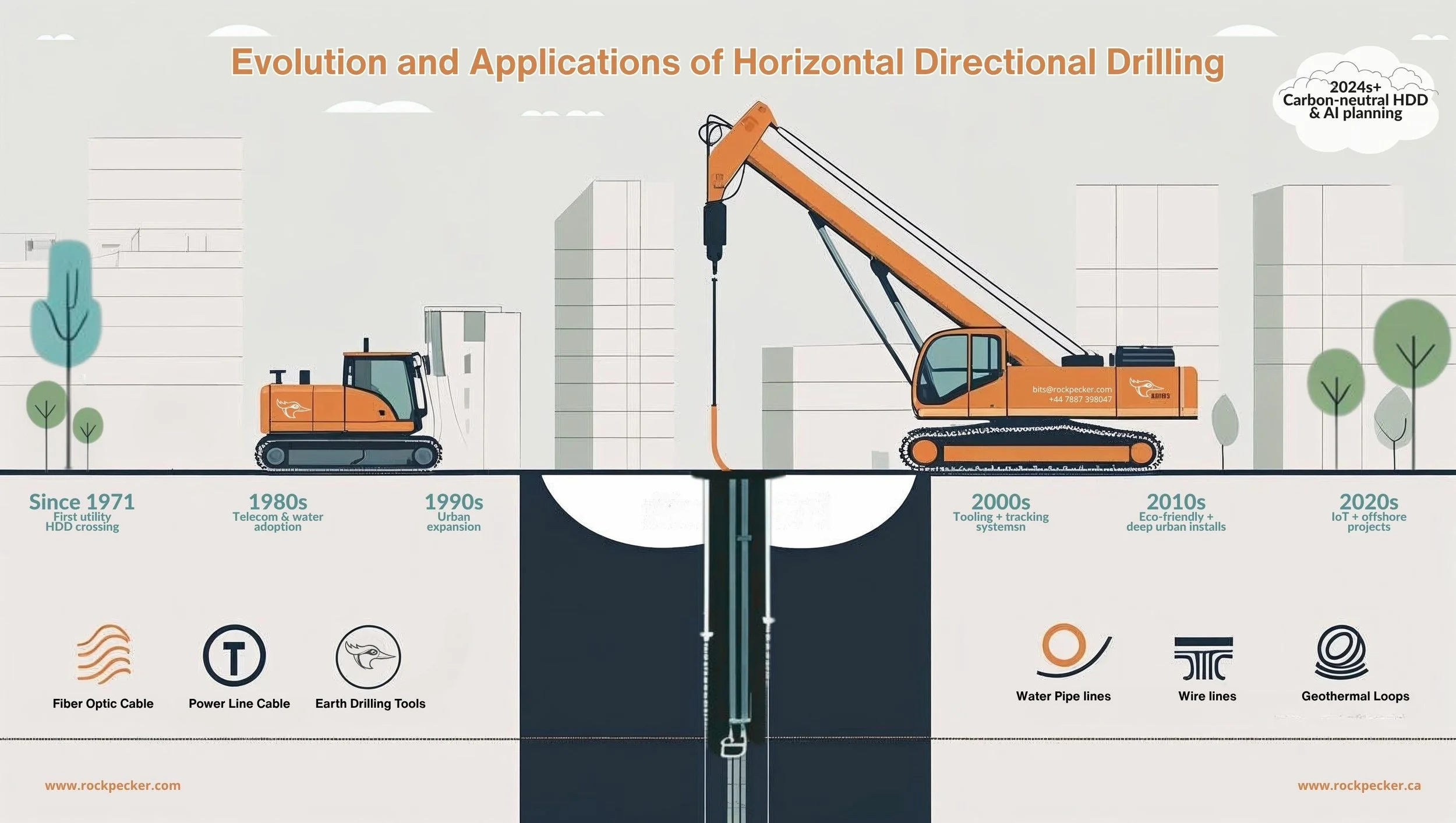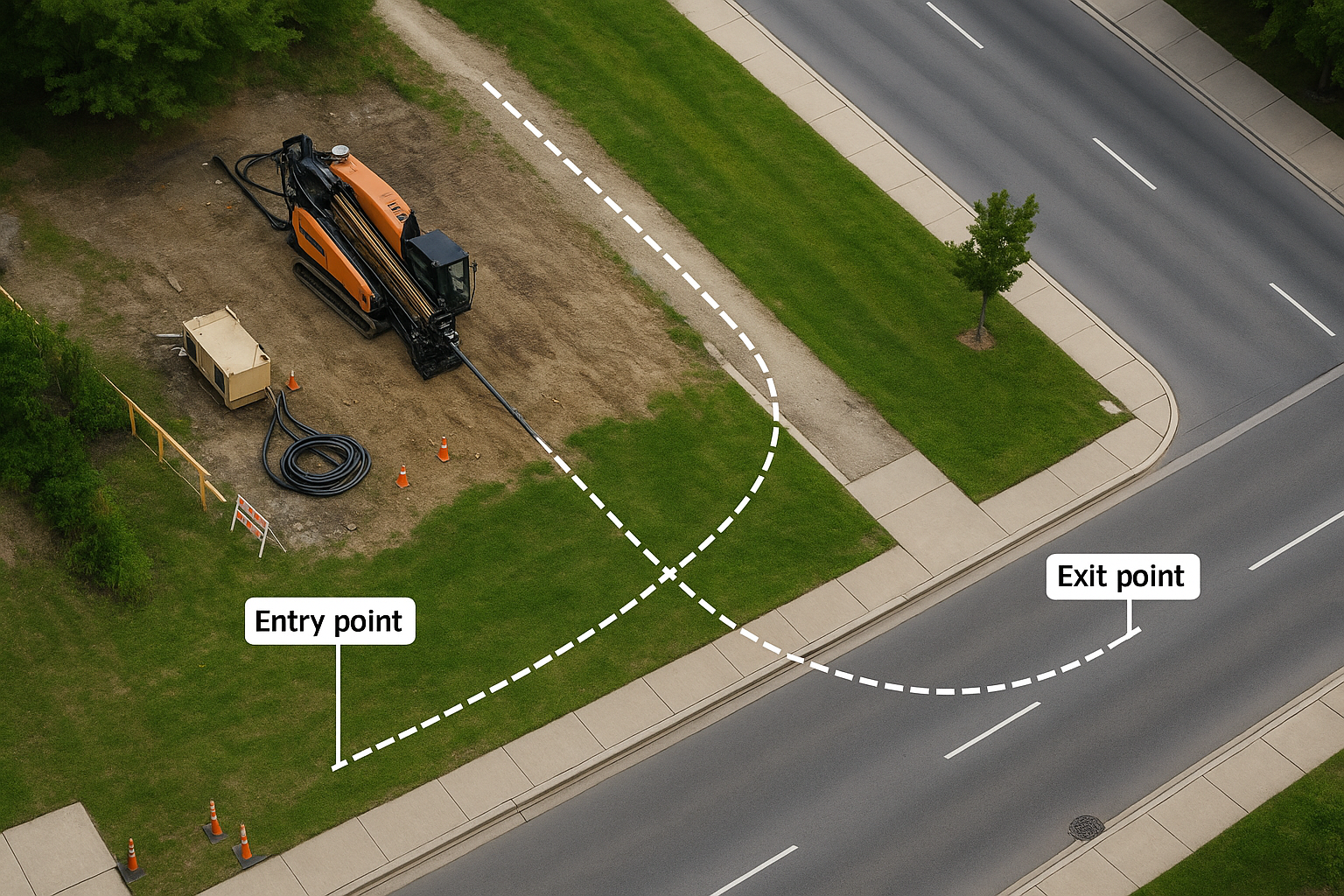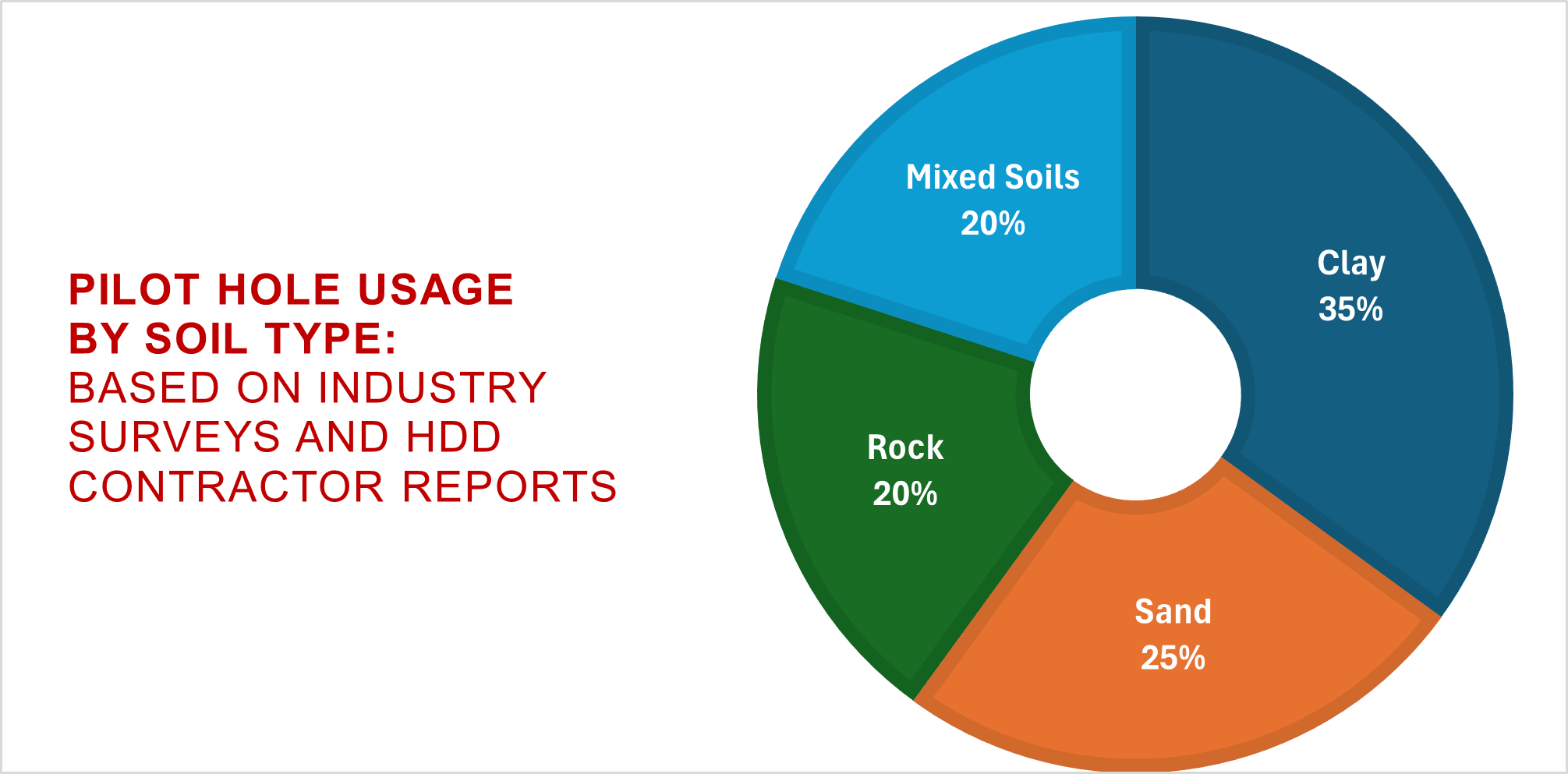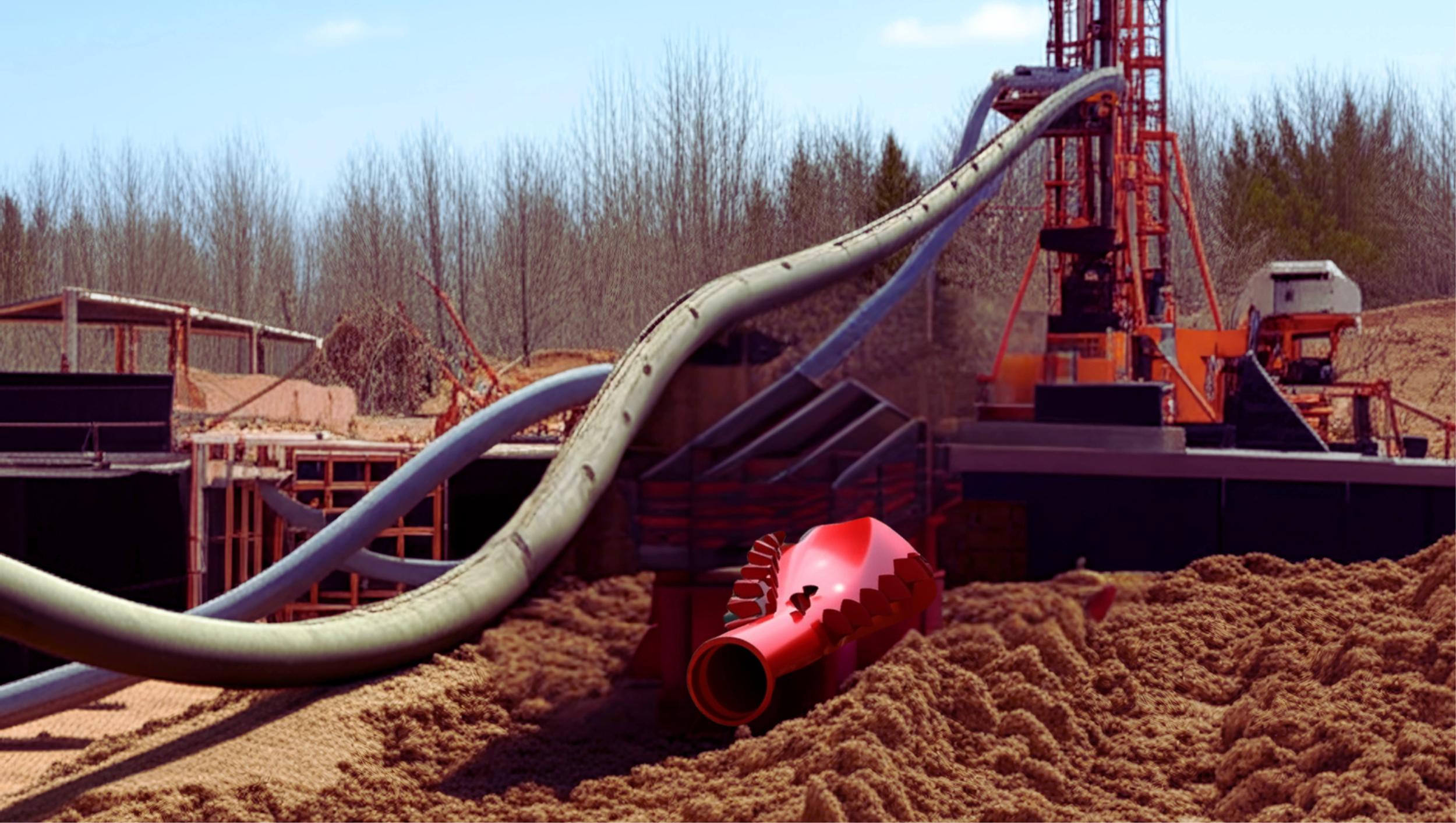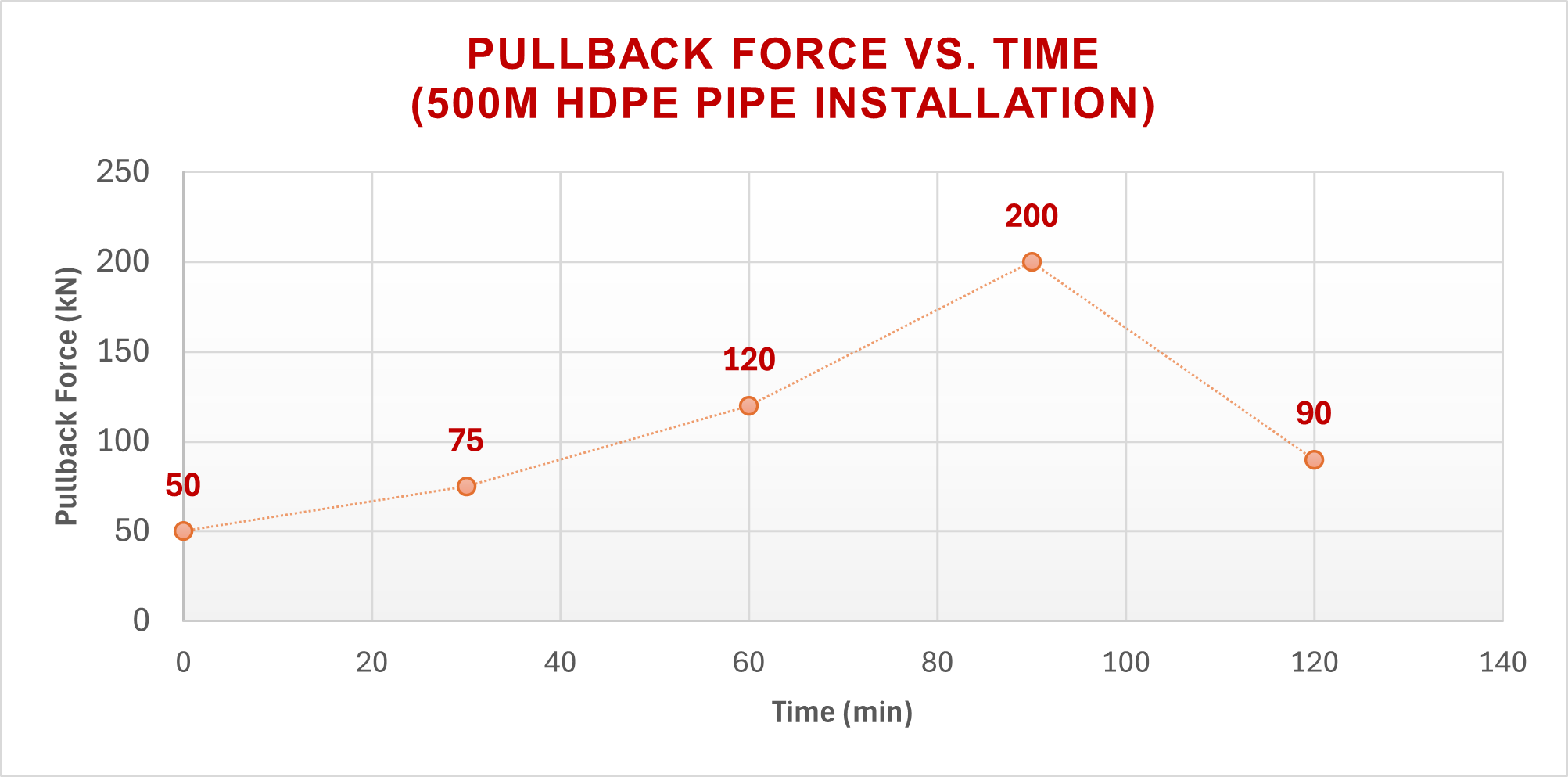Evolution and Applications of Horizontal Directional Drilling
/Horizontal Directional Drilling (HDD) has revolutionized the way we install underground utilities by allowing trenchless pipeline placement across roads, rivers, and urban landscapes. Initially developed for oil and gas exploration, HDD has evolved into a versatile technique with wide-ranging applications in telecommunications, water management, electric power distribution, and environmental remediation. This article explores the journey of HDD from its early beginnings to its present-day innovations, providing insight into its working process, benefits, and growing importance in modern infrastructure development.
Introduction
The need for minimal disruption in densely populated or environmentally sensitive areas has fueled innovations in trenchless technologies, with Horizontal Directional Drilling (HDD) leading the charge. As early as the 1970s, HDD was primarily used in oilfield applications. Over time, advances in drill head technology, tracking systems, and tooling have opened the doors for utilities, telecom providers, and municipalities to adopt HDD as a preferred method for subsurface installations.
Today, HDD plays a vital role in enabling underground infrastructure to expand in cities and rural areas alike without the environmental and logistical challenges of open-cut trenching. Below, we explore the evolution of technology, operational steps, and critical applications with industry examples and statistics.
Figure 1: Evolution and Applications of Horizontal Directional Drilling
1. Historical Evolution of HDD: Early Days (1960s–1980s):
- 1960s: Oil and gas industry began exploring angled drilling to tap difficult reservoirs.
- 1971: The first recorded commercial HDD crossing for utility installation took place in California.
- 1980s: HDD began to be commercialized for telecommunications and water crossings.
2. How HDD Works: Step-By Step Process: Step 1: Site Survey and Planning
- Geotechnical surveys determine soil conditions.
- Path planning software simulates bore path with depth, bend radius, and safety buffer zones.
- Utility location checks are performed to avoid collisions.
Figure 2: HDD rig set up near a city street with marked bore path
Step 2: Pilot Hole Drilling
- A small-diameter drill bit is used to create a pilot hole from the entry point to the exit point, guided by a tracking system (e.g., walkover or wireline).
- The drill head is steered using hydraulic systems and real-time feedback.
Tools: PDC bits, roller cones, or slant-faced bits used to depend on soil/rock type.
Figure 3: Pie chart showing percentage of pilot hole usage in clay, sand, rock, and mixed soils.
Advanced PDC bits, like those engineered for directional control and extended tool life, are increasingly relied on by contractors looking to minimize bit trips in abrasive soils, especially when backed by field-tested designs optimized for HDD like those developed in specialist houses.
Step 3: Reaming (Hole Enlargement)
- The pilot hole is enlarged using a reamer (back reamer or barrel reamer), which pulls back through the bore path to increase diameter as per pipe size.
- Drilling fluid (bentonite-based) maintains hole stability and removes cuttings.
The efficiency of hole enlargement often comes down to the cutting structure design and fluid dynamics of the reamer. Tools that combine hydraulic flow efficiency with durable cutter materials, such as polycrystalline diamond compact (PDC) reamers are ideal in mixed ground. Certain reamer models, refined through years of HDD-focused R&D, are already in use worldwide.
Figure 4: 16 Inch Rockpecker Fluted reamer on-site
Step 4: Pipe Pullback
- The final utility pipe (HDPE, steel, PVC) is attached to the reamer and pulled back through the hole to the entry point.
- Breakaway swivels prevent pipe twisting during pullback.
Figure 5: Line graph showing pullback force vs. time for a typical 500m installation
Using a reliable breakaway swivel during pullback can protect pipe integrity while reducing downtime. High-torque swivels with anti-corrosion finishes often integrated with PDC reamer systems are standard in professional-grade setups. Rugged downhole accessories from performance-focused brands help crews reduce tool failures under high-load conditions
Step 5: Site Restoration and Testing After pipe installation, grouting, joint inspection, pressure testing, and environmental restoration (asphalt, landscaping) are completed.
3. Key Advantages of HDD
Figure 6: Advantages of HDD
4. Applications Across Industries
a) Telecommunications
- Fiber optic cable installations across urban areas and under highways.
- HDD allows long uninterrupted runs (up to 1,500 meters in a single shot). Example: 5G rollout using HDD to lay fibre without digging up busy roads.
b) Oil & Gas Pipelines
- Crossing rivers, railways, or protected land without permits for open trenching.
- Use of steel casings and corrosion-resistant liners.
c) Water and Sewer Infrastructure
- Installation of gravity-fed sewer lines using precision-guided HDD.
- Stormwater and wastewater lines laid under highways.
d) Power Transmission
- Underground high-voltage cables in urban centres.
- HDD prevents interference with traffic and utilities. Example: HDD for burying 400kV transmission lines under heritage zones in the UK.
e) Environmental and Renewable Projects: HDD used for:
- Geothermal loop systems
- Contaminated soil bypass installations
- Landfill gas collection lines
5. Technological Innovations in HDD
PDC reamers with tailored blade geometry and cutter exposure, when combined with real-time torque and fluid monitoring systems, offer crews predictable performance across varying formations.
These innovations are not just theoretical they’re embedded in next-gen designs produced by HDD tool specialists with cross-industry expertise.
Figure 7: Technological Innovations in HDD
6. Challenges and Mitigations
Figure 8: Challenges and Mitigations
7. Future of HDD
The HDD industry is poised to benefit from:
- Automation and Robotics: Autonomous guidance systems.
- AI-based path planning.
- Carbon-neutral operations via electric rigs and biodegradable muds.
- Expanded use in offshore wind cable installations.
Conclusion From its origins in the oilfield to becoming a critical component of modern civil infrastructure, Horizontal Directional Drilling has made it possible to build smarter, faster, and more sustainably. With growing demand for underground utility networks and stringent environmental norms, HDD will continue to evolve with smarter technologies, better tooling, and data-driven planning. Its applications, ranging from telecommunications to tunnelling underline the essential role it plays in shaping our connected, energy-efficient world.
As HDD technology continues to evolve, companies like Rockpecker with deep drilling DNA and proven track records across oil & gas, mining, and trenchless operations like those supplying adaptable, high-end reamers and bits will be central to driving efficiency, reliability, and sustainability in underground infrastructure.

